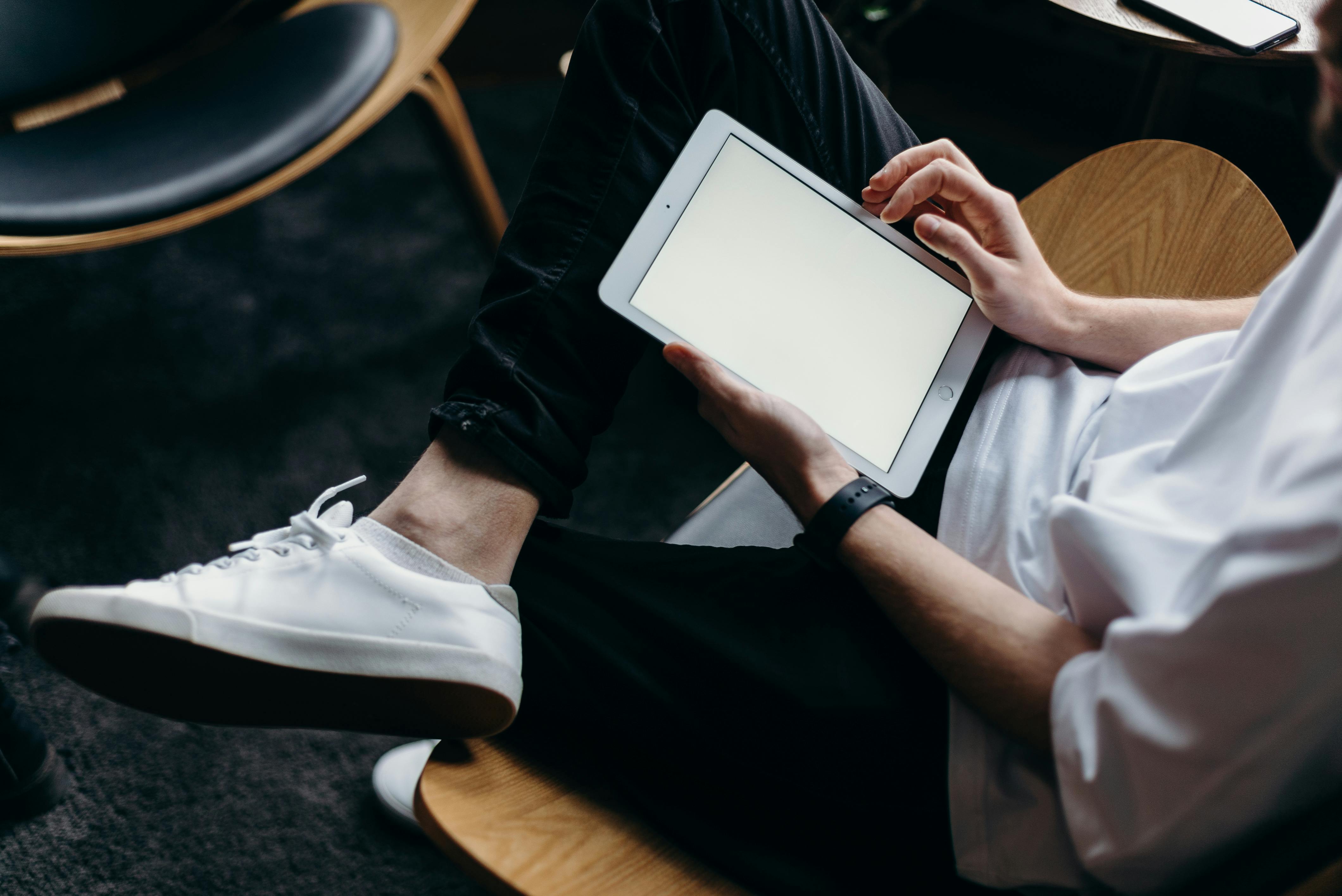Great images are essential for websites and can elevate an ordinary website to a professional level. The average browser responds better to websites that use good quality images, tending to stay longer and browse more pages than when faced with dense, text-heavy pages. There are many reasonably priced image libraries online where you can get everything from images of flowers to images of computer equipment.
Here are some rules to follow to ensure that images become an asset to your site instead of an unwieldy burden and that images enhance your careful SEO use of keywords in text:
1. Make sure all your images are properly optimized: ie a relatively large 600×475 pixel image should be between 20KB and 50KB in size (maximum). If you use many thumbnail images on a page (125×125 pixels), they should be between 5KB and 10KB in size.
Following these simple sizing guides will ensure your page loads quickly. Check every image you upload. I have seen images on websites that are 2MB in size, leaving the website owner scratching their head and wondering why the page is taking so long to load. Casual surfers have long turned to faster-loading sites.
2. Naming your images appropriately will help substantially by making it easier for Google to find the images on your website (Google has recently changed their algorithm to account for images and other media more than ever) improving your overall engine optimization search.
Try to name each image using keywords that link to the topic of the page the image is on. If your page theme is red flowers, find an image of a red flower and name it red-flower.jpg. Separate the names of the images or use underscores between the words. Search engine spiders will see the name of this image as separate words if you do this.
Don’t be tempted to abbreviate the names of your images, thus making them unrecognizable for SEO purposes, eg rdflwr.jpg. You may end up with rather long image names if you use full keyword names, but you’ll maximize the SEO benefits of your chosen keyword phrases for each page.
Lastly, vary the image names you use, when you have multiple images on a page, even one letter to make it a plural, for example red-flowers.jpg or red-flowers.jpg so search engines won’t get penalized for keyword loading.
3. Be sure to add alt tags to each image, which are also taken into account by search engine spiders, again using appropriately varied keyword phrases that link to the topic of the page.
4. Search the net for royalty-free image libraries. There are many of them, some specializing in one topic, others covering a wide range of topics. They are usually free to sign up for and generally use one of two payment systems: a credit system where you buy x amount of credits and each image costs an amount of credits based on size; or a monthly subscription that allows you to download a set number of images each month. Most libraries provide web-ready images at 72 dpi or print-ready images at 300 dpi. Web-ready images are typically between 450 and 800 pixels wide or tall, but this is perfectly adequate for use on a website. With prices often ranging from $1 for a web-ready image to $50 for an A4 print-ready image, this is a very inexpensive way to enhance your website and attract both spiders and web surfers.
